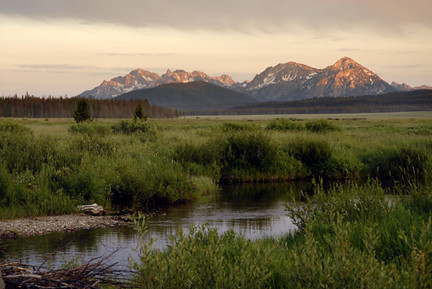When the first Europeans settled in what is now the United States, they found a continent of extensive wildlands. In less than 500 years, the undeveloped nature of these wildlands has been reduced significantly. As they became increasingly scarce and a fledgling conservation movement lost natural treasures like Yosemite's Hetch Hetchy Valley to development, Americans began to appreciate their value.

With passage of the Wilderness Act of 1964, a new course in history was chartered -- to preserve some of the country's last remaining wild places and protect their natural processes and values from development.
The interagency Arthur Carhart National Wilderness Training Center, located in Missoula, Mont., was created in 1993 to empower federal agency employees and the public to preserve their wilderness heritage through training, information and education. It has become a critical resource for land managers from the Forest Service, Bureau of Land Management, Fish and Wildlife Service and National Park Service as they manage more than 109 million acres of designated wilderness from Alaska to Puerto Rico.
The center’s staff of seven works with experts within and outside the agencies to develop comprehensive interagency solutions to critical stewardship issues. Materials are distributed electronically to each of the 792 units comprising America's National Wilderness Preservation System, and training is offered where it is most needed. Most recently, in collaboration with the Aldo Leopold Wilderness Research Institute and the Wilderness Institute at the University of Montana, the center conducted a webinar called The Foundation and Qualities of Wilderness Character.
This interactive, collaborative approach to training and coaching ensures that the Carhart Center continues providing training and information that employees need, when they need it, so that they can keep wilderness wild.
